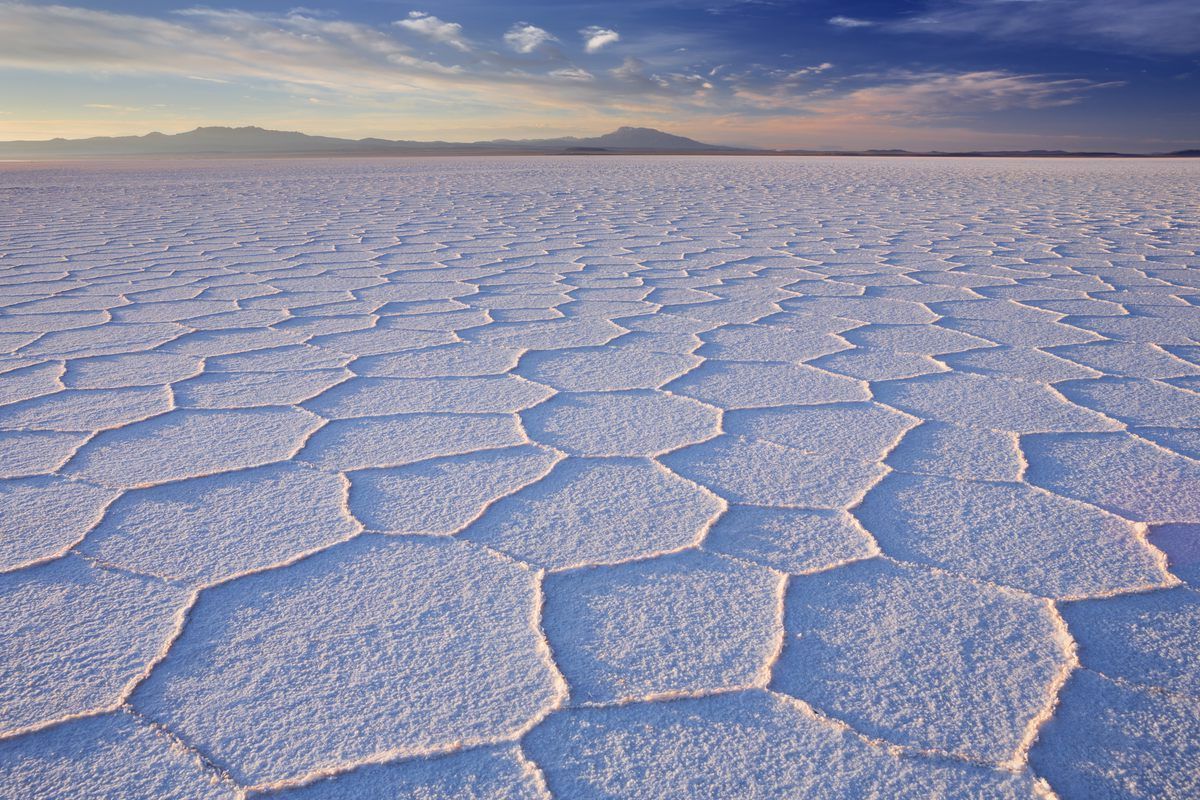Secrets Beneath The Salt Flats

Have you ever wondered what lies beneath the vast, white expanse of the Salt Flats? These surreal landscapes, often mistaken for snowy plains, hold secrets that captivate travelers and scientists alike. Formed from ancient lakes, the flats are a natural wonder with a rich history. Beneath the crusty surface, layers of minerals and brine create a unique ecosystem. Visiting the Salt Flats offers more than just stunning views; it’s a chance to walk on a piece of Earth’s geological history. Whether you’re a nature lover or a curious explorer, the Salt Flats promise an unforgettable experience.
Secrets Beneath the Salt Flats
The salt flats are more than just vast, white expanses. Hidden beneath their surface lie fascinating secrets waiting to be uncovered. Let's dive into some of these intriguing places.
Ancient Lake Beds
The salt flats were once ancient lakes that dried up over thousands of years. These lake beds hold clues about Earth's past climate and geography.
- Salar de Uyuni, Bolivia: The world's largest salt flat, once a prehistoric lake, now a dazzling white desert.
- Bonneville Salt Flats, USA: Known for land speed records, this flat was once part of Lake Bonneville.
- Etosha Pan, Namibia: A massive salt pan that was once a lake, now a vital part of Etosha National Park.
Hidden Mineral Riches
Beneath the salt crust, valuable minerals and elements are hidden, making these flats economically significant.
- Salar de Atacama, Chile: Rich in lithium, this salt flat is crucial for the production of batteries.
- Makgadikgadi Pans, Botswana: Contains significant deposits of soda ash and salt.
- Salinas Grandes, Argentina: Another lithium-rich flat, contributing to the global supply of this essential mineral.
Unique Ecosystems
Despite the harsh conditions, salt flats support unique ecosystems with specially adapted flora and fauna.
- Chott el Djerid, Tunisia: Home to salt-tolerant plants and migratory birds.
- Lake Eyre, Australia: When it floods, it becomes a haven for pelicans and other bird species.
- Badwater Basin, USA: The lowest point in North America, supporting unique salt-tolerant plants.
Mysterious Geometric Patterns
Salt flats often display stunning geometric patterns formed by natural processes, creating mesmerizing landscapes.
- Devil's Golf Course, USA: Sharp, jagged salt formations create an otherworldly landscape.
- Salar de Uyuni, Bolivia: Hexagonal patterns form during the dry season, creating a surreal sight.
- Danakil Depression, Ethiopia: Known for its colorful salt formations and extreme heat.
Cultural Significance
Salt flats have played important roles in the cultures and histories of the regions they occupy.
- Salar de Uyuni, Bolivia: Used by indigenous people for salt mining and trade.
- Bonneville Salt Flats, USA: A site for speed trials and a symbol of human ingenuity.
- Salinas de Maras, Peru: Ancient salt pans still in use today, showcasing traditional salt extraction methods.
Geological Wonders
The geological processes that create salt flats are fascinating and complex, offering insights into Earth's history.
- Salar de Coipasa, Bolivia: Formed by the evaporation of ancient lakes, revealing layers of history.
- Rann of Kutch, India: A seasonal salt marsh that transforms dramatically with the seasons.
- Dead Sea, Jordan/Israel: The lowest point on Earth, with unique salt formations and therapeutic properties.
Hidden Wonders of the Salt Flats
The salt flats hold more than just stunning views. Beneath the surface, there's a world of geological marvels and unique ecosystems. These vast, white expanses are home to rare minerals and microbial life that thrive in extreme conditions. Visiting these natural wonders offers a chance to see unusual landscapes and learn about the earth's history.
Exploring the salt flats can be an unforgettable experience. Whether you're walking on the crusty surface, marveling at the mirror-like reflections, or discovering the hidden secrets below, there's always something new to see. Remember to respect these fragile environments and leave no trace behind.
Next time you plan a trip, consider the salt flats. They offer a unique blend of beauty, science, and adventure that you won't find anywhere else.

